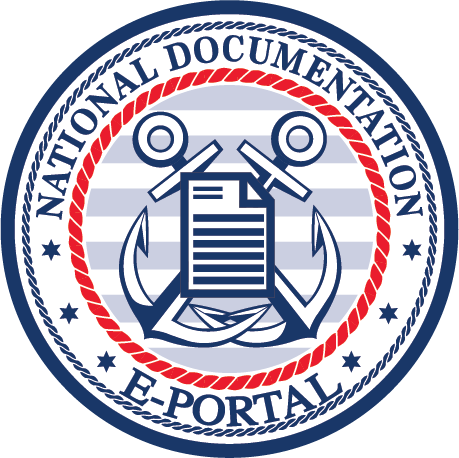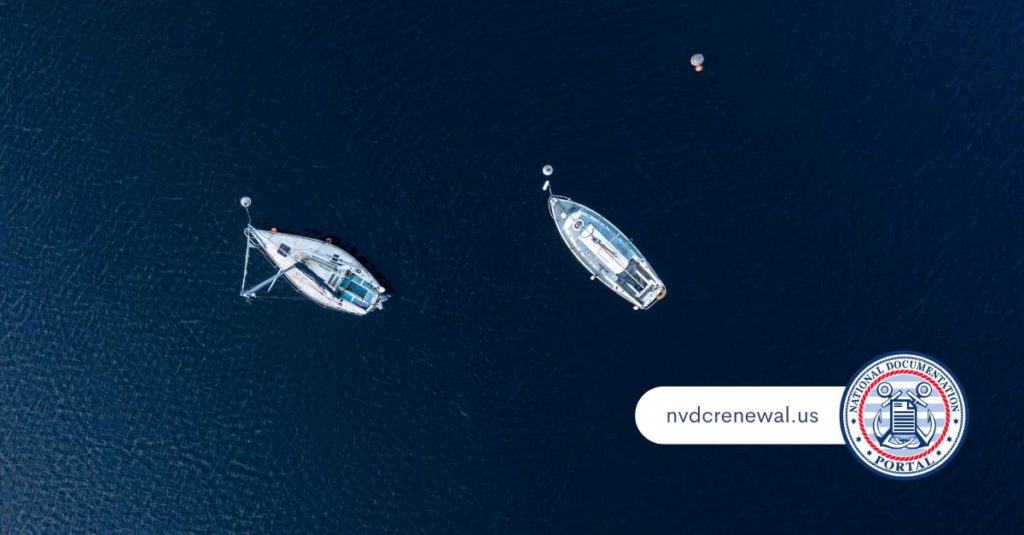Choosing a boat name is more than formality—it reflects a vessel owner’s identity, heritage, personal story, and deep pride. But what happens when that name no longer fits? Whether rebranding, honoring change, or starting fresh, now may be the right time to change name of boat. We can help.

Here at the National Documentation Portal, we make it easy to initiate this process through the appropriate channels, all while staying compliant with the U.S. Coast Guard regulations.
We help vessel owners manage name changes and update required documents, streamlining everything involved in the official renaming process. Renaming a vessel requires correct federal filing—it’s not automatic during renewal and must be submitted with the proper form.
Change Name of Boat: Why You Might Want To
There are many valid reasons a vessel owner might want to change their boat’s name. Some are sentimental, while others are tied to legal or business needs.
A new owner may want to rename the vessel to reflect their own identity or preferences. If the boat was originally named by a previous owner, changing the name may help establish a sense of personal connection. In other cases, a new name might better align with branding goals for a commercial vessel. For example, a charter service may want all vessels in its fleet to carry matching or complementary names.
Some name changes are practical. If the original name is confusing, hard to spell, or too similar to other vessels in the region, renaming may help reduce mix-ups in communication, navigation, or identification. Others simply decide to change a name out of superstition or to mark a new beginning—especially after significant upgrades, restorations, or life milestones.
Regardless of the reason, renaming a documented vessel requires more than just updating the paint. It must be officially recorded through the U.S. Coast Guard to be valid.
Guidelines to Follow When Choosing a New Name
The U.S. Coast Guard has specific rules in place for the names of documented vessels. These guidelines help ensure clarity in federal records and prevent duplicate or confusing names from being entered into the national documentation system.
When selecting a new name, it must meet the following criteria:
- The name can include letters, numbers, and spaces
- Special characters, symbols, and punctuation marks (such as exclamation points or ampersands) are generally not allowed
- The name cannot be obscene or offensive
- The new name must be unique to the documentation database; names that are too similar to existing documented vessels may be rejected
The name should also comply with common sense marine safety practices. A name that sounds too similar to commands, distress signals, or phonetic confusion during radio transmissions may not be recommended, even if technically permitted.
In addition to the vessel’s name, owners must designate a hailing port, which must be a U.S. city and state. The hailing port is usually displayed on the stern, along with the vessel’s name.
Unsure if a boat name is appropriate? Use your common sense. Ask: “do I want this to be associated with me?
At the National Documentation Portal, we make it easier to complete the name change while ensuring your new moniker aligns with all regulatory standards.
How to Change the Name of Your Boat Through Our Portal
Changing the name of a documented vessel requires the correct filing with the Coast Guard. This action cannot be completed through the renewal process or other unrelated submissions. Instead, you must use the official Change of Vessel Name and/or Hailing Port form, which we provide and guide you through on our platform.
Our portal offers the most recent version of this form in an easy-to-complete digital format. Once submitted, your request will be reviewed by the Coast Guard, and—if approved—your Certificate of Documentation will be updated with the new vessel name and hailing port, if applicable.
It’s important to note that a name change is not retroactive. Until the Coast Guard officially accepts and processes the change, your boat’s current name remains legally binding for all operations, including international travel, financing, and insurance documentation.
When you submit the form through our site, we’ll prompt you to provide:
- Your vessel’s current name and Official Number
- The proposed new name
- Updated hailing port, if you’re changing that as well
- Ownership information to confirm eligibility
We’ve structured the process to eliminate unnecessary steps and reduce the likelihood of errors that could delay approval.
Common Mistakes to Avoid When Renaming a Documented Vessel
One of the most common mistakes vessel owners make is assuming they can change the name by simply repainting it or including the new name during a routine renewal. However, unless the change is processed through the designated form, it won’t be reflected in official records.
Another frequent issue is choosing a name that doesn’t meet Coast Guard requirements. By using our platform, you’re less likely to run into rejections due to name format or compliance errors.
If your boat is documented as part of a commercial operation or held in a trust or corporation, additional documentation may be required. Our portal also helps you upload and submit any supporting materials along with your application, making the process smoother.
What to Know Before You Use Our Portal to Change Name of Boat
If you’re ready to rename your documented vessel, we provide everything you need to complete the process the right way. With access to the official form, professional assistance, and secure digital submission, we make it easier than ever to update your vessel’s identity while remaining in compliance with Coast Guard requirements. Whether you’re honoring a new beginning or simply refining your vessel’s brand, we’re here to help you navigate every step of the journey.

